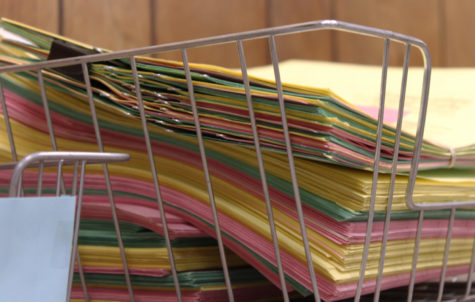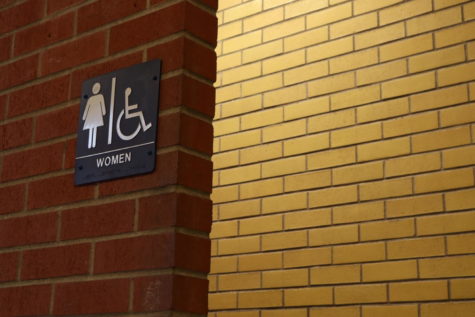Making attendance count: CMR adopts new attendance policy
Going on excursions to the river, Ulm Pishkin, Havre, Candy Masterpiece, shopping, and seeing Star Trek at the movie theater: these are the activities that filled the days of 2013 graduate Libby Carlson when she wasn’t at school her senior year.
“I know we abused the attendance policy, but in the end, my grades suffered, and now I know that [the] good fun wasn’t worth it,” she said.
Carlson was one of many students who took advantage of CMR’s previously flexible attendance policies, or lack thereof. Over the summer, parents, teachers, and administrators designed a new attendance policy in a traffic light stoplight to address the issue. Students in the green zone may have 0-6 excused absences that are not school-related or verified medical. Those in the yellow zone have 7-11 excused absences and receive a customized attendance plan. Once a student is in the red zone, they have 12 or more absences and credit may be withheld unless the student petitions for credit reinstatement at the end of the semester if he or she fixes the attendance issue.
Head attendance clerk Mary Breuer attributes problems with the previous attendance policy to parental and student apathy.
“They just didn’t care. If they didn’t want to go to math, their parents just called them in, and there were no consequences,” she said.
Carlson agreed that the lack of student accountablity had a significant effect on attendance rates.
“The administrators [weren’t] giving kids enough responsibility, and it [was] slowing down the whole process,” she said.
The lax attitudes surrounding attendance in high school affects students in college and in the workplace.
“They told us in middle school that high school teachers wouldn’t remind us about missing assignments or late homework, but they did. High school teachers told me that in college, no one cares if I go to class of if I do the homework, but my classes are on a bell schedule and my teachers take attendance every day. As college freshmen, we should be able to handle ourselves,” she said.
Biology teacher Jon Davis agreed that the development of bad attendance habits in high school follows students into adulthood and affects their job performance.
“In life, you have to show up to work,” Davis said.
A student’s absence from class doesn’t affect only the individual.
“If you’re not here, you’re not only hurting yourself but the other kids as well,” Associate Principal Brian Held said. Going over makeup work with absent students takes away valuable instruction time.
The biggest problem with attendance, administrators and teachers agreed, was that the previous policy in which students could miss 10 days of school a semester was unenforced and then removed altogether.
“The number one thing was the lack of [an attendance policy], per se. Every year, [the lack of students in school] got worse. There wasn’t a limit,” Breuer said.
She is confident in the new policy’s effectiveness.
“Kids are trying really hard to adhere to it. I think it’s going to make a big impact,” she said.
The difference between the old and new policies is that there are clearer, more concrete guidelines.
“With the old one, we didn’t really have a number. Now there’s a number, and they can visually see how much they can miss,” she said.
Administrators and teachers report that they have already seen a significant increase in attendance rates. The attendance rate was 98 percent during the first three days of school, compared to last year, when the rate was 94.6 percent for the first three days.
“It seems like I have had better attendance these first few days. Parents and students have been more aware of what’s going on,” Davis said.
One of the most challenging parts about enforcing the new attendance policy will be monitoring students.
“It’s keeping up with people in the yellow zone, etc.,” Davis said.
Another challenge will be making students realize that there will be no tolerance for absences except in the case of verified medical and school- related absences.
“The biggest challenge is to make them realize that we’re serious about this; it will happen,” she said.
For positive reinforcement, students without absences will be eligible to win prizes like priority parking spots and drawings for gift cards.
Administrators may have to adjust and work out minor problems in the system during the first semester, but Breuer said that they remain confident in their decision to change attendance policies.
“The AP and the principal knew that had to do something to change it.”




















